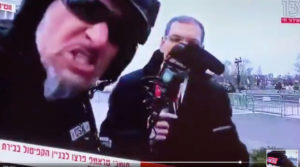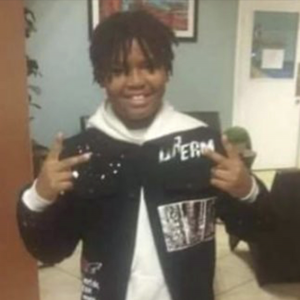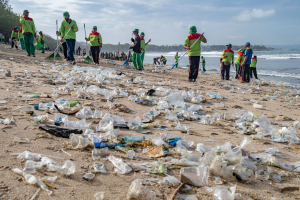The effort to reimagine public safety has to contend with two crises: a crisis of police legitimacy and a crisis of urban gun violence.
The first crisis is visible to the entire nation, especially as videos of police violence have proliferated and the trial of Derek Chauvin captures national attention.
The full scale of the second crisis is only now becoming visible, but it has been building for six years. After 2014, the safest year in the modern history of the United States, gun violence rose gradually but steadily. Then, in 2020, it skyrocketed. Along with Alisabeth Marsteller and Yinzhi Shen, I have collected and analyzed data on violence for the 100 largest cities in the United States. The change since 2014 is sobering.
The rate of fatal shootings has risen since 2014 in all but 12 of the largest 100 cities. In cities such as Minneapolis, Philadelphia, Milwaukee, Houston and Kansas City, the rate of fatal shootings was well more than twice as high in 2020 than in 2014. Most of the increase came last year.
The two crises are tightly interwoven, because the work of policing is simply more dangerous in places with more guns. Even though police officers’ actual risk of being killed by gunfire is as low as it’s been in 50 years, the threat of violence against police still dominates every aspect of police culture and officer behavior.
As gun violence becomes more common, Americans, including Black Americans and their political representatives, become more likely to express approval for harsher treatment of criminals and more aggressive policing. After a sharp rise of gun violence in 2020, the calls to turn back to the police have already begun.
The most popular and interesting stories of the day to keep you in the know. In your inbox, every day.
As long as cities have a gun problem, the problem of abusive and violent policing will be much harder to solve. And solving the gun problem itself is exceedingly difficult, with only imperfect and politically challenging approaches available. Governments could require licenses for gun ownership, better regulate gun sales and closely track guns used to commit crimes, especially as they move across state lines. Cities have begun to use controversial methods of sensing gunfire, as well as panoptic video technology to respond rapidly. Police and community collaborations have effectively focused resources on the tiny fraction of spaces and people responsible for a disproportionate share of gun violence. And a widening set of community-led programs have emerged, with mixed or incomplete records of success, to disrupt cycles of violence and to engage with and offer supports to those at highest risk of becoming victims of gunfire.
Some of these approaches have convincing evidence behind them, but they are far from established as clearly effective ways to reverse the trend of rising gun violence. Those of us calling for a reimagination of public safety must acknowledge that America’s overflowing supply of guns means that an armed response is sometimes required.
This observation does not, however, mean that cities need to rely only on police to respond to the surge of gun violence. Although strong evidence tells us that more police on the street leads to less violence, this evidence ignores the harm that has arisen from our reliance on the police. Aggressive or violent policing has tangible negative effects on school performance and the health of residents throughout communities where it is targeted. It has resulted in widespread resentment and estrangement from the law. It has resulted in mass incarceration.
There is a large body of evidence, and a moral imperative, behind the goal of transforming the way cities invest to create public safety. This transformation starts with investments in residents and local community organizations, not the police. Police should not be asked to respond to all of the problems that come bundled together with extreme urban inequality. The people who are called in to mediate conflicts, calm tempers and defuse feuds should be credible messengers who have the cultural authority to talk to their neighbors with respect, empathy and wisdom. Police should not be called in to disrupt disputes among people who don’t trust them.
And perhaps most important, police officers should no longer patrol our nation’s streets. The people who look out over public spaces should be advocates whose job is to make sure that every young person feels welcomed, that everyone who needs help gets it, that every park and playground is safe, and that no one falls through the cracks.
You can’t reimagine safety at a time of rising violence without police — but in their proper role. Law enforcement must be on call to respond to requests for assistance when a gun is present, but the community residents, leaders and organizations who do this work are the ones who create public safety. It is past time to invest in their efforts.




